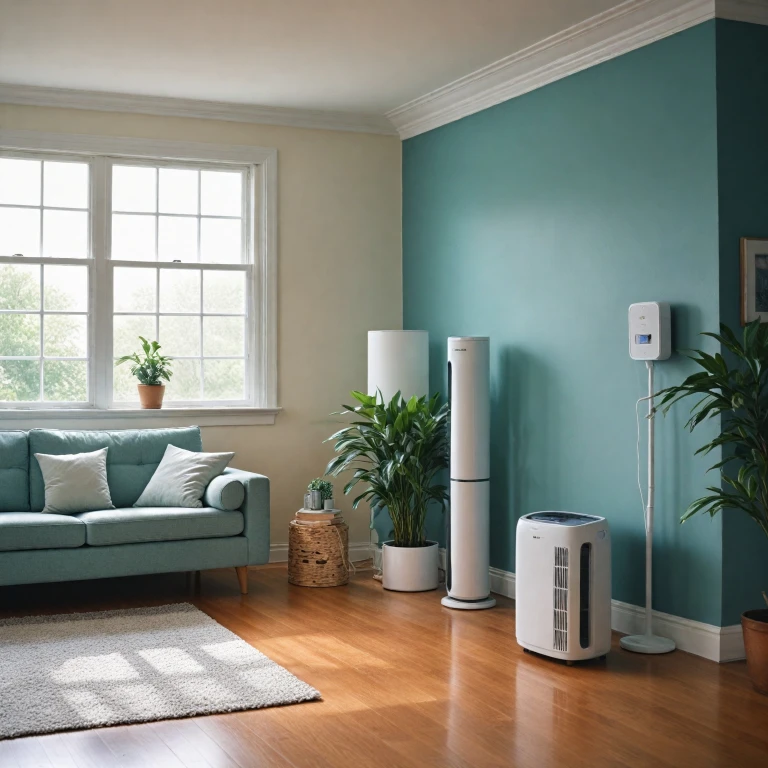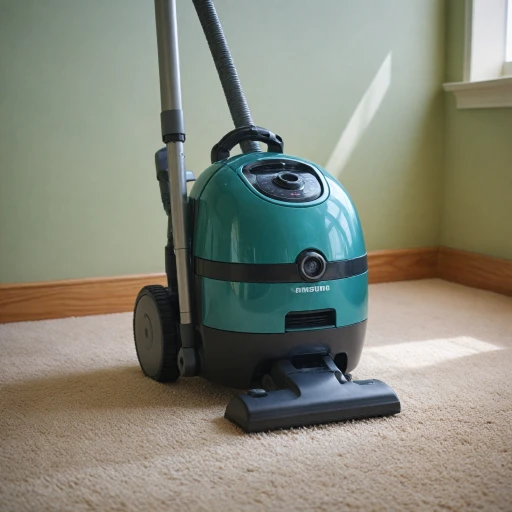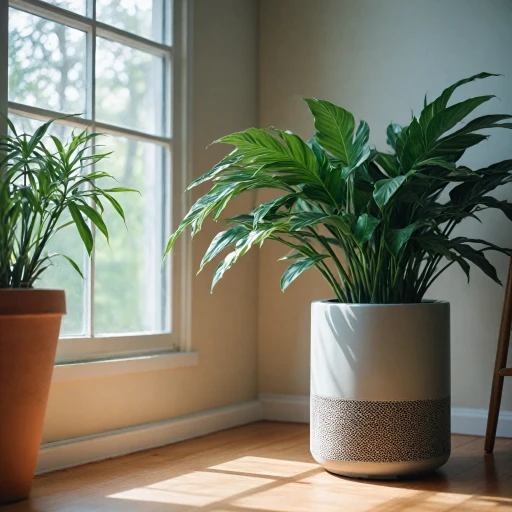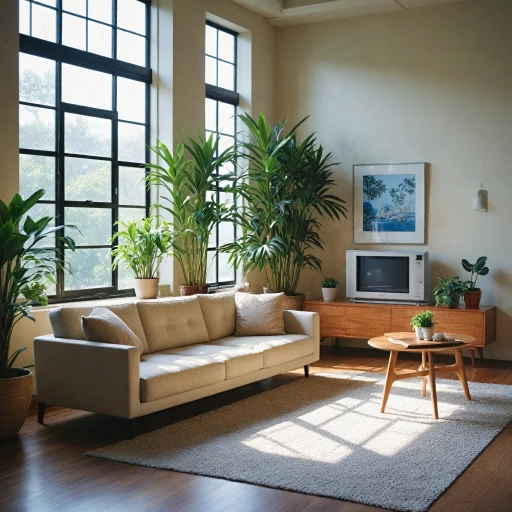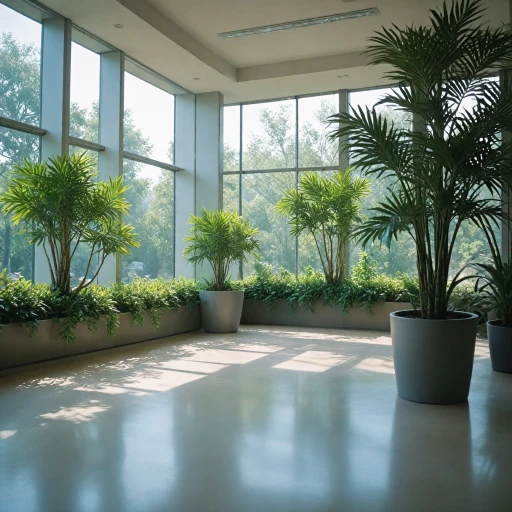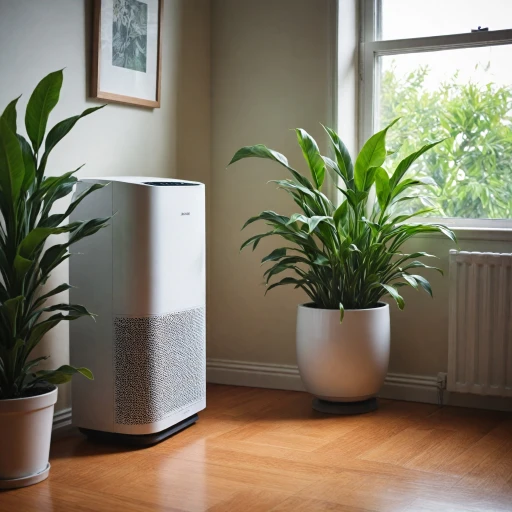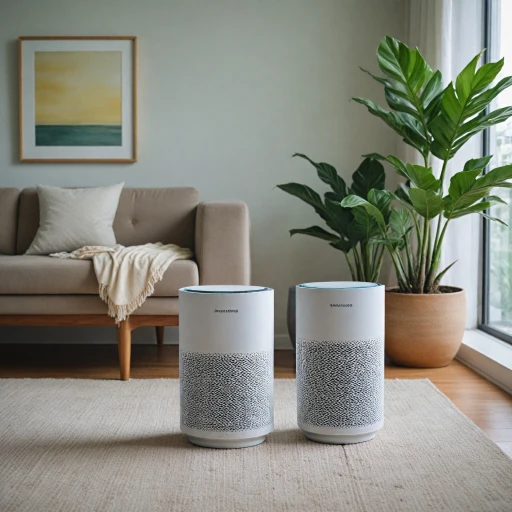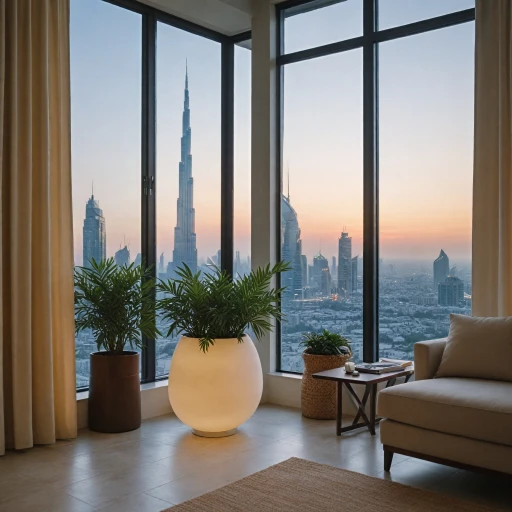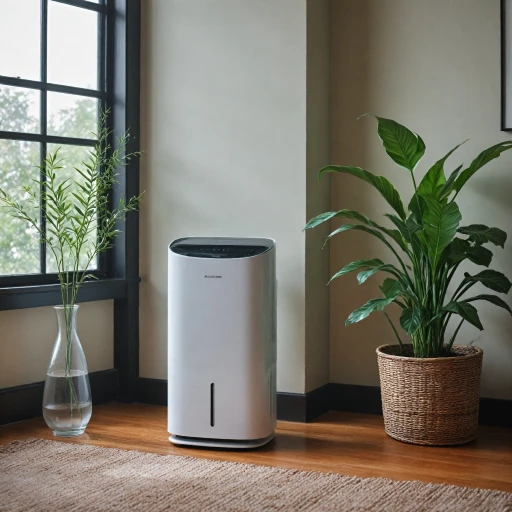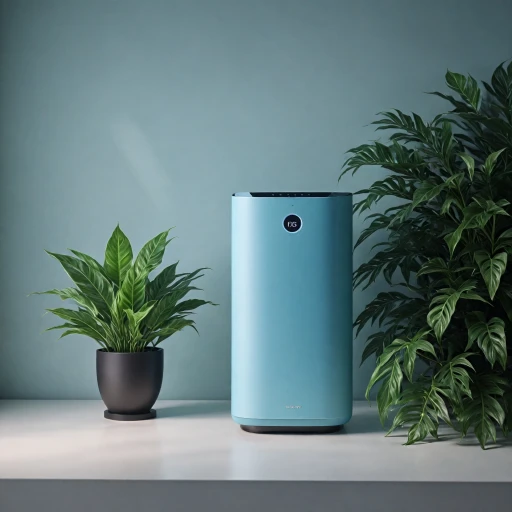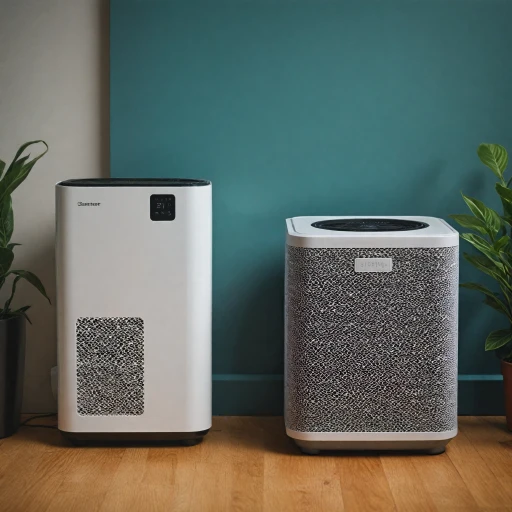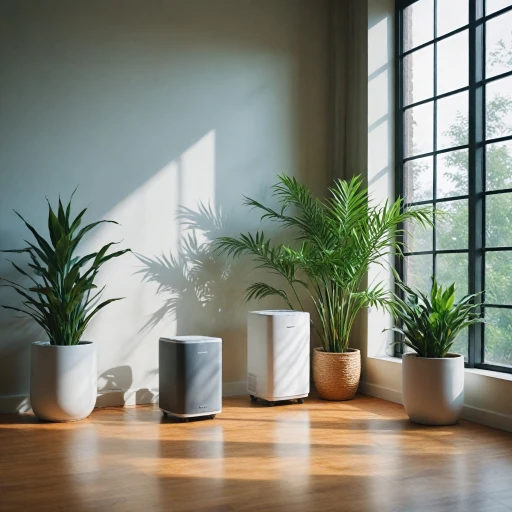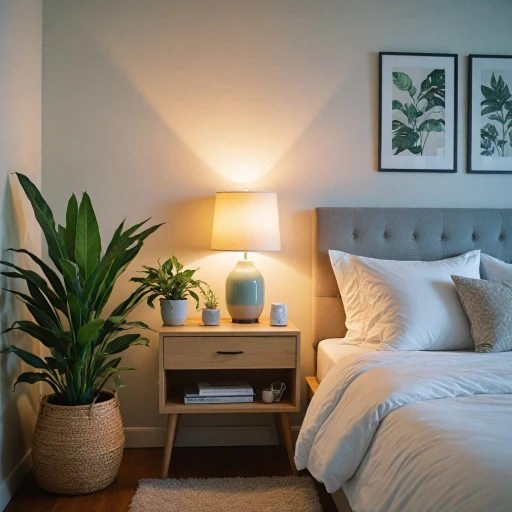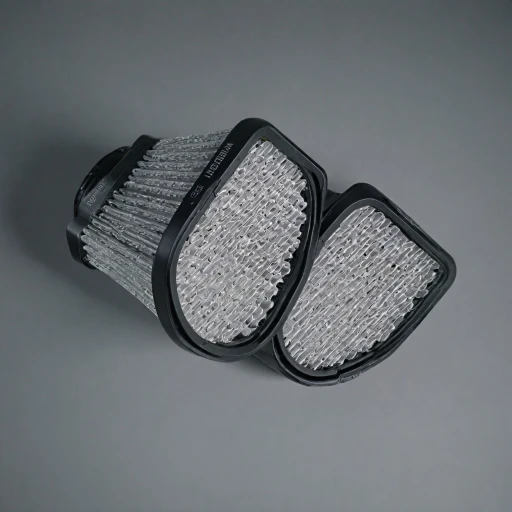
How Air Purifiers Work
Mechanism Behind Air Purifiers
Understanding how an air purifier actually functions is essential for anyone looking to improve indoor air quality. At its core, an air purifier filters the air inside a room, removing impurities and contaminants such as dust, pollen, and even some odors. The basic operation revolves around a fan drawing air through one or more filters — often a high-efficiency particulate air (HEPA) filter — which captures and traps harmful particles.
The best air purifiers use sophisticated filtering techniques to ensure that the air released back into the room is significantly cleaner. Clean air is continuously cycled through the unit, making purifiers particularly effective at maintaining optimal air quality.
Key Components and Their Role
Each component of the air purifier serves a crucial role in its overall effectiveness and energy consumption:
- Fans: The fan speed can often be adjusted according to room size and desired air purification level. Higher speeds equate to more power consumption and can affect the device's energy efficiency.
- Filters: The quality and type of filters, whether HEPA, carbon, or another type, influence both the cleaning efficiency and electricity usage. Regularly replacing and maintaining filters is crucial for efficient air purification.
- Motors: Efficient motors are crucial for reducing power consumption while running an air purifier, as they drive the fan and airflow within the unit.
Balancing Performance and Energy Usage
While ensuring that an air purifier effectively cleans indoor air, it's important to consider its impact on electricity usage. Some units are designed to be more energy efficient, marked by Energy Star ratings. Adjusting fan speeds and using the purifier in rooms that suit its capacity can help balance energy use with air cleaning needs.
Factors Influencing Electricity Usage
Understanding Air Purifier Power Consumption
Air purifiers, while vital for enhancing indoor air quality, rely significantly on electricity to operate effectively. The energy consumption of an air purifier is influenced by several factors, impacting both the cost and efficiency of maintaining clean air in your home or office.
Firstly, the size of the room where the purifier is placed determines how much power it needs. Larger rooms require more power to ensure that the air is adequately purified, as the device needs to circulate and clean larger volumes of air. Conversely, a smaller room means lower power consumption.
Fan speed settings also play a crucial role in determining electricity usage. Higher speeds accelerate the purification process but increase energy consumption, while lower speeds use less power but might not be as quick or effective in cleaning the air. Balancing the fan speed for optimal air purification efficiency will yield better results without excessive power use.
Moreover, the type and quality of the filters installed in the purifier impacts its energy use. High-quality filters may efficiently run for longer durations without clogging, reducing the need for the fan to work harder, thus conserving electricity. However, as filters become more clogged, the power consumption is likely to increase due to the need for greater effort to push air through.
Finally, the purifier’s design and technology itself will affect energy usage. Some models are built to be more energy efficient, often bearing certifications like the Energy Star label, which can guide users looking for lower power consumption options.
In optimizing your air purifier's energy efficiency, it is beneficial to consider these factors and balance them according to your indoor space’s needs. By doing so, you ensure a cleaner environment without incurring unnecessary electricity expenses.
Comparing Energy Efficiency
Evaluating the Efficiency of Air Purifiers
When it comes to understanding the energy consumption of air purifiers, evaluating their efficiency is essential. Air purifiers vary significantly in their power consumption based on several factors such as the quality of the filters, the room size they are designed to service, and the fan speed settings. Efficient air purifiers are designed to clean indoor air by capturing pollutants with minimal power usage.
One of the essential aspects to consider is the energy efficiency rating of a purifier. Devices with Energy Star certification often consume less electricity, making them viable options for cost-conscious consumers aiming for quality air purification. Additionally, efficient purifiers can affect the overall cost of running an air purifier, as more energy-efficient models will lead to lower electricity bills over time.
Factors like the fan speed and the air purifier's settings can also impact energy usage. Running a purifier at higher speeds will clean the air more quickly but will increase electricity consumption. It's often recommended to adjust fan speeds according to the current air quality and room size to balance power consumption and indoor air purification needs effectively.
In summary, opting for an energy-efficient purifier tailored to your room air needs can result in significant savings in electricity consumption without compromising on the quality of indoor air. Always consider the overall energy usage and efficiency to ensure you are creating a comfortable, clean air environment in your home while keeping costs manageable.
Cost of Running an Air Purifier
Estimating the Operating Costs of Air Purifiers
When considering the cost of running an air purifier, it is essential to look at the electricity consumption and how that translates into monthly expenses. The energy usage of air purifiers can vary based on several factors, such as fan speed and room size. A higher fan speed will often result in increased power consumption, as more electricity is needed to circulate and clean the air efficiently. To understand the impact on your electricity bill, you might start by examining the wattage of the air purifier—typically ranging from 40 to 120 watts for small to medium-sized units. For a better estimate:- Calculate the kilowatt-hour (kWh) usage by multiplying the wattage by the number of hours the purifier is running.
- Multiply this figure by the cost per kWh set by your electricity provider.
Tips for Reducing Energy Consumption
Maximizing Your Purifier's Efficiency
Reducing energy consumption while maintaining optimal air quality is essential when running an air purifier. Here are some practical tips to help you use your purifiers efficiently and economically:
- Choose the Right Size: Ensure that your air purifier is suitable for the room size. An oversized unit will consume more electricity without additional benefits.
- Use Efficient Filters: Regularly check and replace filters to maintain performance and keep energy consumption low. Clogged filters force the fan to work harder, increasing power consumption.
- Optimize Fan Speeds: Adjust the fan speed according to the indoor air quality. High settings provide quick air purification but use more electricity. For regular use, set the fan to a moderate speed.
- Leverage Energy-Efficient Models: Opt for energy-efficient or Energy Star-certified products. These models ensure better energy efficiency, reducing power consumption without compromising on clean air.
- Smart Timers and Sensors: Use timers and sensors to automate when the purifier runs. This ensures the unit operates only when needed, cutting unnecessary electricity consumption.
Implementing these strategies helps maintain a clean and comfortable indoor air environment while controlling running costs. Making thoughtful adjustments can significantly enhance the overall efficiency of your purifier, making it both environmentally and financially sustainable.
